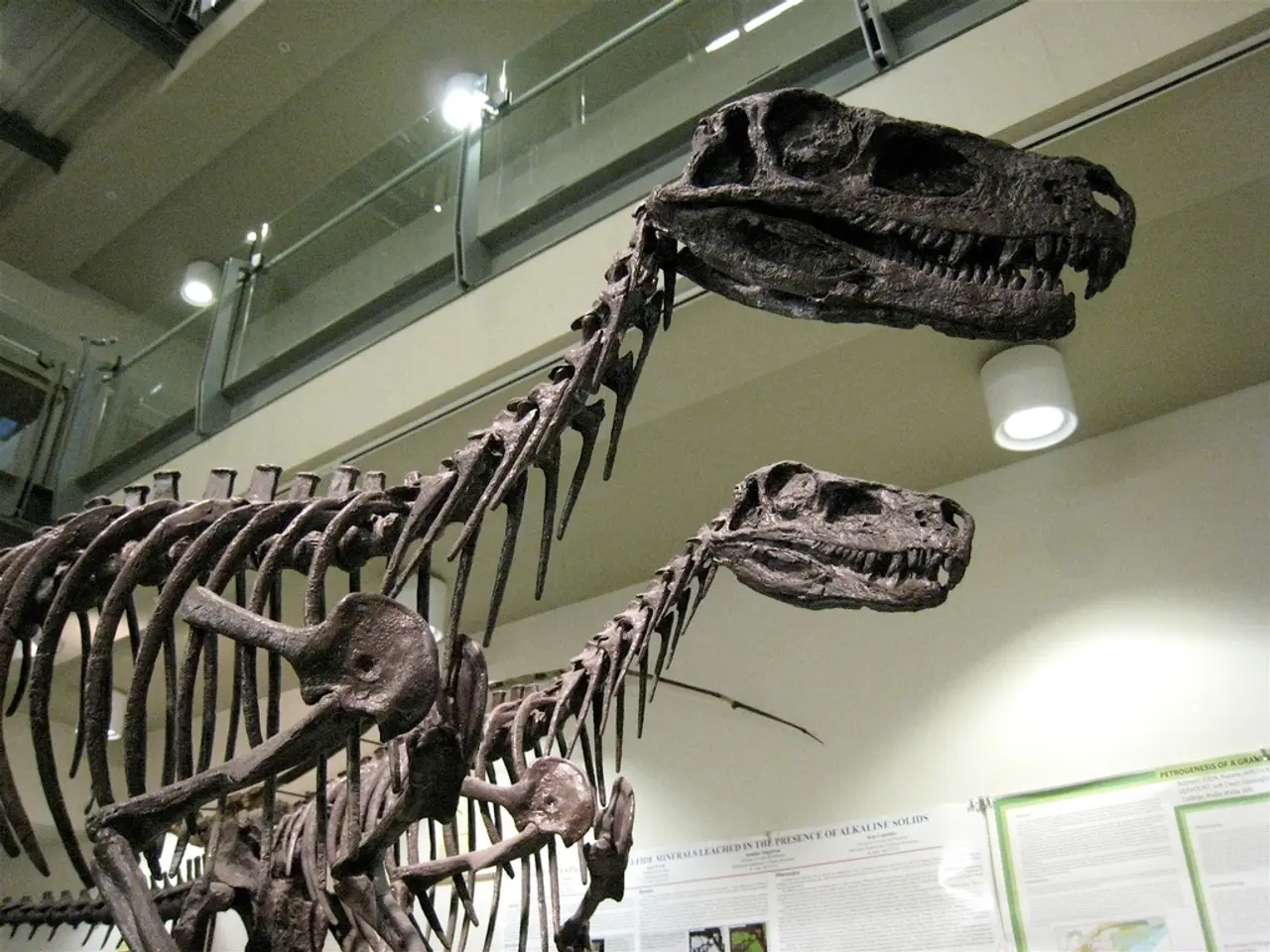Jurassic World Dominion signals the grand finale of the blockbuster $5 billion dinosaur series
In a world where dinosaurs once again roam, the Jurassic Park and Jurassic World films have left an indelible mark on global culture and cinema, revolutionizing the way we perceive these ancient creatures not just as entertainment, but as a vital part of scientific exploration.
First released in 1993, Jurassic Park shattered expectations and transformed the way dinosaurs were viewed by both the public and scientists. The film portrayed dinosaurs as intelligent, energetic, and dynamic animals, breaking away from the older stereotype of dinosaurs as slow, lumbering creatures. This shift was a game-changer, aligning the portrayal of dinosaurs with contemporary scientific understanding and boosting public awareness and interest in palaeontology.
The impact was substantial. The films led to increased funding for museums, palaeontological research, and jobs in the field. Jack Horner, the palaeontological consultant for Jurassic Park, received funding to study ancient DNA in the same year the film was released, demonstrating a direct influence on scientific research funding and direction. The films also influenced which dinosaurs gained attention in research and public consciousness, inspiring some palaeontologists to focus their work on subjects sparked by the films.
The franchise was rejuvenated in 2015 with Jurassic World, introducing a new generation to dinosaurs and renewing global interest. The film's blockbuster success continued to shape public enthusiasm and sustain palaeontology's popularity, encouraging ongoing scientific engagement and consultation in film production. Notably, palaeontologist Steve Brusatte worked as a consultant on several Jurassic World sequels, helping to keep the science more current and relevant.
The latest instalment, Jurassic World Dominion, marks the conclusion of a three-decade story and is unlike any Jurassic film that has come before. Directed by Colin Trevorrow, who has been the series' creative architect since Jurassic World, the film does not take place on Isla Nublar but entirely in our world. For the first time, the stars of both chapters of the franchise are united on screen, creating a poignant full-circle moment for many on the production.
The screenplay features two separate storylines, one with Owen Grady, Claire Dearing, Maisie Lockwood, and another with Dr Ellie Sattler and Dr Alan Grant, which eventually intersect with Dr Ian Malcolm, Dr Henry Wu, and new characters. The film boasts 27 individual dinosaurs, 10 of which have never been seen in any of the previous Jurassic films, all of which were approved by the film's palaeontology consultant, Steven Brusatte.
The Jurassic films have undeniably changed public and scientific perspectives on dinosaurs, inspired a generation of palaeontologists, and increased funding for dinosaur-related science. They have helped integrate palaeontological expertise into Hollywood, blending entertainment with emerging scientific discoveries, making them significant cultural and scientific phenomena that advanced palaeontology both in public imagination and scientific practice.
Movies-and-TV such as the Jurassic Park and Jurassic World films have revolutionized our perception of dinosaurs, elevating them from simple entertainment to a vital part of scientific exploration. The impact of these movies can be seen not only in increased public interest but also in enhanced funding for museums, palaeontological research, and jobs in the field.






